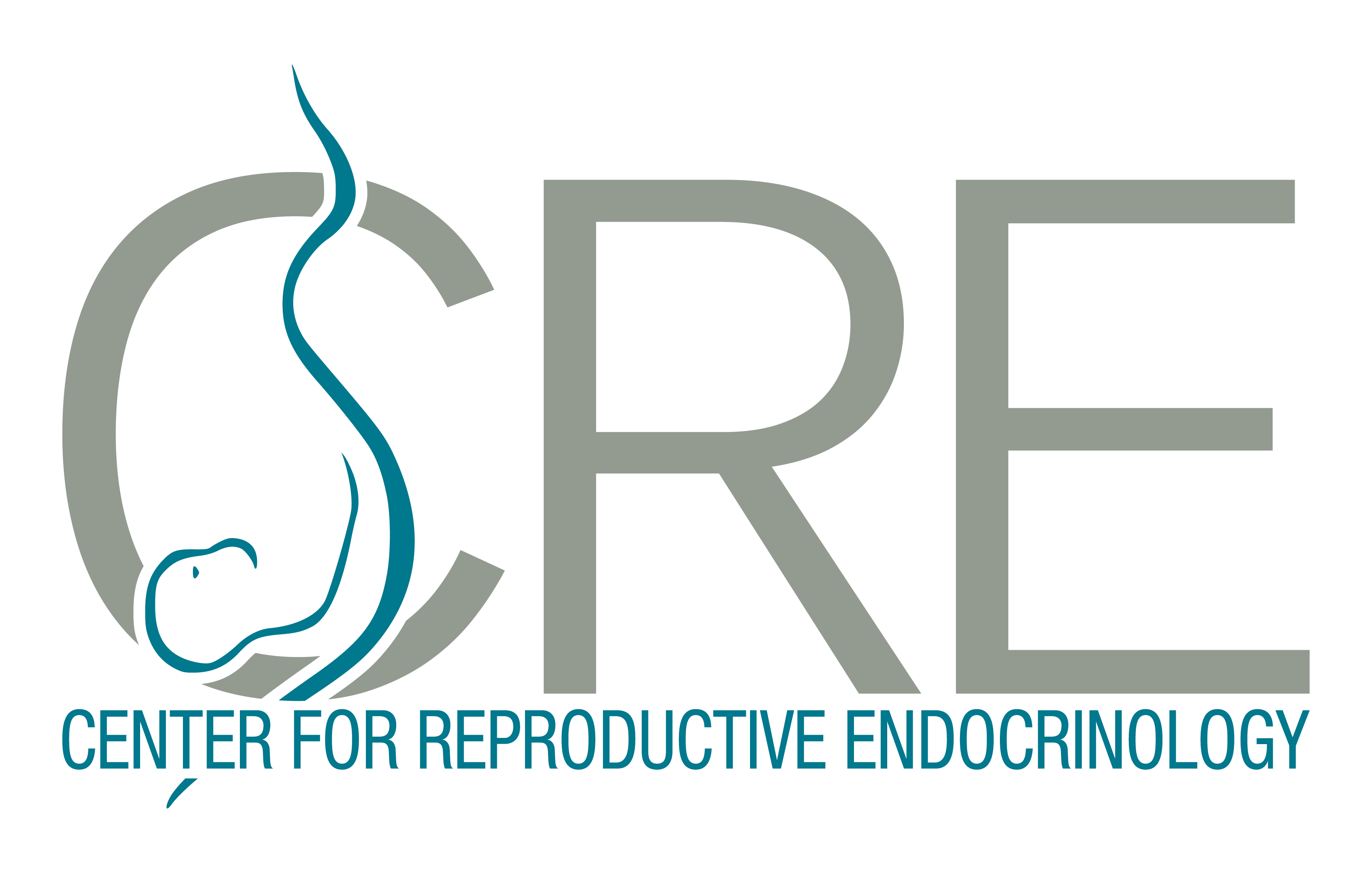Introduction
For many LGBTQ+ couples, starting a family involves navigating medical, legal, and emotional landscapes that differ from those of heterosexual couples. Among the assisted reproductive options available, Reciprocal IVF (In Vitro Fertilization) stands out as a unique and deeply bonding choice. Also known as “partner-assisted reproduction” or “co-maternity,” this method allows both partners to participate biologically in the process of creating their child—one providing the eggs, and the other carrying the pregnancy.
In this blog post, we’ll walk you through the ins and outs of reciprocal IVF—what it is, how it works, the benefits, legal considerations, and what LGBTQ+ couples can expect on the journey to parenthood through this option.
What Is Reciprocal IVF?
Reciprocal IVF is a form of in vitro fertilization where one partner provides the eggs and the other partner carries the pregnancy. It allows both individuals to share a biological connection to their child—one as the genetic mother and the other as the gestational mother.
Here’s how it typically works:
- Partner A undergoes ovarian stimulation and egg retrieval.
- The eggs are fertilized in a lab using donor sperm.
- The resulting embryo is transferred into Partner B’s uterus.
- Partner B carries the pregnancy and gives birth.
This collaborative process allows both partners to be intimately involved in creating and nurturing their baby from conception to birth.
Why Do Many LGBTQ+ Couples Choose Reciprocal IVF?
For LGBTQ+ couples, traditional IVF often involves one partner undergoing the full treatment—egg retrieval, fertilization with donor sperm, and embryo transfer. Reciprocal IVF offers a shared parenting experience that goes beyond just giving birth.
Emotional & Symbolic Bonding: Many couples feel reciprocal IVF allows both partners to feel deeply connected to the pregnancy, even though only one carries the child. It can be especially meaningful for the non-carrying partner to know the baby was conceived using her eggs.
Shared Physical Experience: Some couples alternate roles in future pregnancies. One partner might provide the egg the first time and carry the baby the second time, switching roles for a second child.
Affirmation of Parenthood Roles: Both partners are equal parents from the beginning—this process often reinforces that identity both socially and emotionally.
Step-by-Step: The Reciprocal IVF Process
Here’s a simplified breakdown of how reciprocal IVF usually unfolds:
- Fertility Testing
Both partners undergo physical evaluations, including hormone tests, ultrasounds, and infectious disease screening. The AMH level helps determine the optimal dosage of hormonal medication needed by the egg donor partner.
- Sperm Donor Selection
Lesbian couples select a sperm donor – either a known donor or an unknown donor identified through a licensed sperm bank. (see below)
- Ovarian Stimulation (Partner A)
The egg-providing partner undergoes hormone injections to stimulate her ovaries to produce multiple eggs. Her progress is carefully monitored with serial ultrasounds and estrogen levels.
- Egg Retrieval
Once mature, eggs are collected from Partner A during a minor office procedure under sedation.
- Fertilization & Embryo Culture
The retrieved eggs are fertilized with the donor sperm, and embryos are grown in a lab for 5 days. Sometimes the couple will elect to do chromosomal testing of these embryos, either to improve their chance for success or to select the sex of the resulting child.
- Embryo Transfer (Partner B)
The best embryo is selected by our on-site embryologist and transferred into the uterus of Partner B, who has been prepped with hormones to support implantation.
- Pregnancy Testing
About two weeks later, a blood test confirms pregnancy.
Known vs. Anonymous Sperm Donors: Risks and Considerations
Choosing a sperm donor is a major decision for lesbian couples pursuing reciprocal IVF. One of the most important choices is whether to use a known donor—someone you know personally—or an unknown donor from a licensed sperm bank. Each route has its own legal, medical, and emotional factors to weigh carefully.
Known Donor
A known donor is typically a friend, acquaintance, or relative who agrees to provide sperm for your IVF process.
Pros:
- Familiarity: You know the donor’s personality, values, and medical history on a deeper level.
- Potential relationship: The child may be able to develop a relationship with the donor, if that aligns with your family’s goals.
- Lower cost: Avoiding sperm bank fees can reduce some expenses.
Risks and Considerations:
- Legal uncertainty: Without a formal legal agreement, a known donor could later seek parental rights or be held responsible for child support—especially in states like Texas where protections for LGBTQ+ families can vary.
- Emotional complexity: Ongoing personal relationships with the donor may create tension or unclear boundaries over time.
- Treatment delay: Fertility clinics require any donor to undergo infectious disease testing, followed by a six-month sperm quarantine. The donor is then re-tested at the end of that period to rule out latent HIV or hepatitis B/C—this ensures medical safety but adds time to the process.
Unknown Donor
An unknown donor is selected from a licensed sperm bank. These donors go through strict screening and are not known to the recipient family.
Pros:
- Medical safety: Sperm is collected, quarantined, and the donor is re-tested after six months to confirm the absence of infectious diseases. By the time it’s available, it meets the highest safety standards.
- Legal clarity: Donors waive all parental rights in advance, reducing legal complications and protecting the family structure.
- Immediate availability: Since pre- and post-quarantine testing are already complete, sperm can be used right away—saving time.
- Extensive screening: Donors are evaluated for genetic disorders, health conditions, infectious diseases and psychological stability.
- Thorough donor profiles: Sperm banks provide extensive information—including ethnicity, medical history, education, and interests. Some banks also offer adult photos, giving recipient families a more complete sense of the donor’s appearance.
- Identity-release options: Some banks offer “open ID” donors who consent to be contacted by the child once they turn 18, offering flexibility for future connection.
Risks and Considerations:
- Higher cost: Purchasing donor sperm, along with shipping and storage, can significantly increase the overall expense of IVF.
- Lack of personal connection: You won’t know the donor personally, which can feel impersonal to some families.
- Limited access to identity: Depending on the donor’s terms, your child may not be able to learn more about their donor.
Legal Considerations (Texas)
In Texas, legal parenthood does not automatically extend to both mothers in a reciprocal IVF arrangement. Even if one partner provides the egg and the other carries the child, only the gestational parent (the one who gives birth) is recognized as the legal mother at birth under Texas law.
Here’s what LGBTQ+ couples need to know in Texas:
1. Birth Certificates
The gestational parent will be listed as the mother on the child’s birth certificate. The non-gestational parent (even if she provided the egg) is not automatically recognized as a legal parent. This can leave the genetic mother vulnerable in the event of a dispute, separation, or medical emergency.
2. Second-Parent Adoption Is Strongly Advised
Same-sex marriage is legal in Texas. A U.S. Supreme Court’s 2015 decision struck down all same-sex marriage bans, including the one in the Texas Constitution. This means that Texas must also recognize same-sex marriages performed in other states as well. However, even if both partners are legally married, in Texas, marriage alone does not guarantee legal parenthood in reciprocal IVF.
To establish equal parental rights, the non-gestational parent must establish a second-parent adoption contract (also known as a “co-parent adoption”) through a Texas attorney. This process legally recognizes the second mother as a full parent and gives her the same rights as a biological or gestational parent.
3. Pre-Birth Orders
In some states, pre-birth orders can be used to ensure the names of both intended parents are included on the birth certificate. Texas courts generally do not grant pre-birth parentage orders for same-sex couples unless there’s a surrogacy agreement involved. So, LGBTQ+ couples have to wait until after the birth to complete the adoption process.
4. The Importance of Legal Representation
It’s crucial to work with a family law attorney who specializes in LGBTQ+ family building in Texas. They can help ensure your parental rights are fully protected, guide you through the adoption process, and assist with donor agreements if you’re using a known sperm donor.
Financial Costs
Reciprocal IVF can be expensive because it includes donor sperm, medications, and legal fees. In Texas, insurance coverage for IVF is generally limited unless you have a policy through a large employer that includes fertility benefits. Always check your individual plan. At CRE, we provide a complimentary financial counselor who will help you understand your insurance coverage and estimate your out-of-pocket costs and before you make any decisions. Some IVF centers, like CRE, offer IVF packages or financing options, and a few LGBTQ+-focused organizations provide grants to same-sex couples pursuing parenthood.
Emotional Journey
The emotional aspects of reciprocal IVF are as important as the medical ones. Each partner takes on a different physical role, but both will go through emotional highs and lows—from hormone changes to the stress of waiting for results. Counseling or support groups can be extremely helpful. Mental health resources, online forums and local LGBTQ+ parenting groups in Texas can be powerful spaces for connection and guidance.
Is Reciprocal IVF Right for You?
Reciprocal IVF is ideal for LGBTQ+ couples who:
- Want both partners to be biologically involved.
- Have a partner with a healthy uterus and another with viable eggs.
- Are emotionally and financially prepared for the process.
It might not be suitable if both partners have fertility challenges, or if the emotional or legal complexities feel overwhelming. In those cases, donor sperm insemination (IUI) might be a better option.
Final Thoughts
Reciprocal IVF offers a deeply personal and inclusive path to parenthood for LGBTQ+ couples, allowing both partners to contribute to the creation and nurturing of their child. It’s a process filled with commitment, love, and connection.
Whether you’re just beginning to explore your options or ready to take the first step toward parenthood, start by consulting one of our compassionate and open-minded medical professionals with years of experience in LGBTQ+ family building. We’ll guide you through every step of the IVF process and refer you to trusted legal advisors here in Texas, where legal clarity is crucial.









